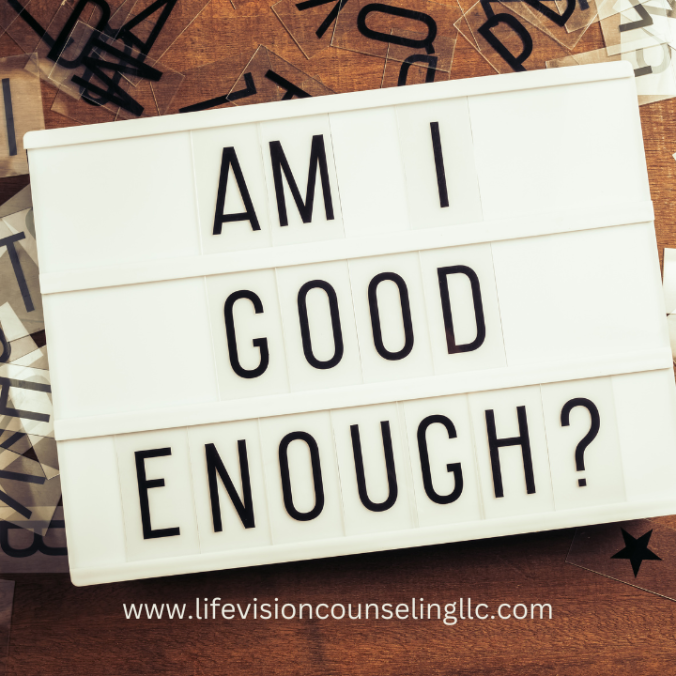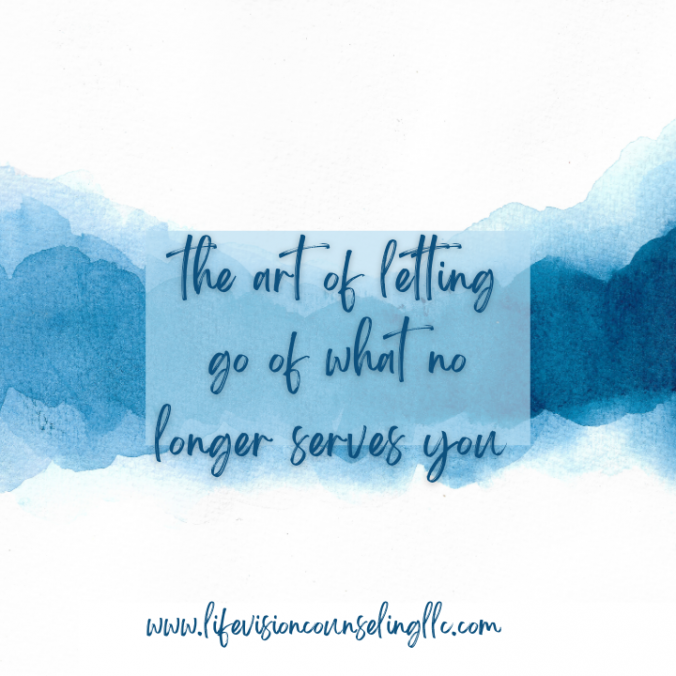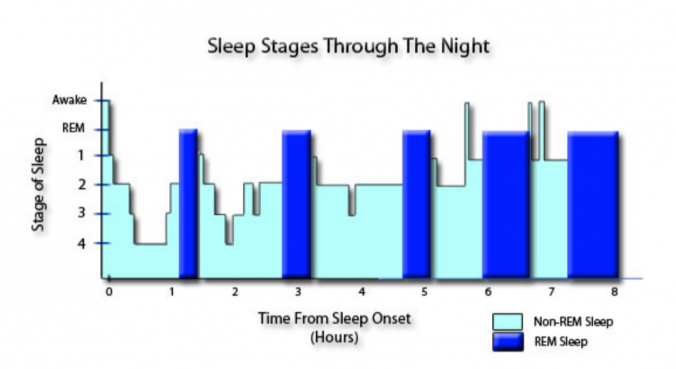Breaking Free: Why You Shouldn’t Make Decisions Out of Fear, Obligation, or Guilt
Life is full of decisions—big and small. Whether it’s choosing a career path, ending a relationship, or simply saying “no” to a favor, every choice we make shapes the life we live. Yet, too often, we find ourselves making decisions driven by fear, obligation, or guilt (FOG). While these emotions are natural, they can cloud our judgment and lead us down paths that don’t align with our true values and desires.
Let’s explore why making decisions from a place of FOG is problematic and how to move toward more intentional, authentic decision-making.
—
Fear: The Trap of What-Ifs
Fear is a survival mechanism to protect us, but it often exaggerates threats and convinces us to stay in our comfort zones. When fear dictates our decisions, we may:
– Stay in unhealthy relationships or jobs because we’re afraid of change.
– Avoid pursuing our dreams because of the risk of failure.
– Say “yes” to things we don’t want to do, fearing rejection or conflict.
The Problem: Decisions made out of fear are often reactive and rooted in self-doubt. They limit growth and can lead to regret or stagnation.
The Shift: Pause and ask yourself, “Am I avoiding this because I genuinely believe it’s the wrong choice, or because I’m scared?” Fear often dissipates when we focus on facts rather than worst-case scenarios.
—
Obligation: The Weight of Expectations
Obligation is the sense that we must do something because it’s expected of us. It’s a heavy feeling, often tied to societal norms, family dynamics, or cultural pressures. While responsibility is important, decisions made solely out of obligation can lead to resentment and burnout.
The Problem: When obligation rules our lives, we may feel trapped, undervalued, or disconnected from our true selves. Constantly prioritizing others’ needs over our own leads to an unhealthy pattern of people-pleasing.
The Shift: Reflect on the “why” behind your decision. Is it because you truly want to, or because you feel you should? Setting boundaries is not selfish—it’s necessary for maintaining your well-being.
—
Guilt: The Voice of the Inner Critic
Guilt arises when we feel we’ve done—or might do—something wrong. While guilt can be a helpful moral compass, excessive guilt often stems from unrealistic expectations of ourselves. It can push us into decisions that appease others at the expense of our own needs.
The Problem: Guilt-based decisions often reinforce feelings of inadequacy. You might overcommit to make up for perceived shortcomings or avoid speaking your truth to avoid “hurting” someone.
The Shift: Challenge the guilt by asking, “Am I truly responsible for this? Or am I holding myself to an unfair standard?” Practice self-compassion, and remind yourself that saying no doesn’t make you a bad person.
—
How to Break Free from FOG Decision-Making
1. Tune Into Your Values: Ask yourself, “What matters most to me in this situation?” Centering your decisions around your core values ensures they align with your authentic self.
2. Pause and Reflect: When you feel fear, obligation, or guilt creeping in, take a moment to pause. Journaling, meditating, or talking with a trusted friend can help clarify your thoughts.
3. Set Boundaries: Saying “no” is a powerful way to take control of your decisions. Practice saying it with kindness but firmness, remembering that your time and energy are limited.
4. Focus on Empowerment: Choose based on what feels right, not what feels easiest or safest. Embrace the discomfort of growth, knowing it leads to long-term fulfillment.
—
Living Authentically
When we stop making decisions out of fear, obligation, or guilt, we reclaim our agency. Our lives begin to reflect who we truly are, rather than who we think we need to be for others. This shift isn’t always easy—FOG can be deeply ingrained—but with practice, you can break free and start living a life that feels genuinely yours.
Have you been struggling to navigate FOG in your decision-making? Counseling can help you break free from the cycle. Book an appointment with me and let’s shift this!








